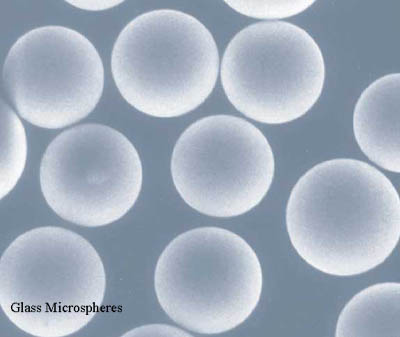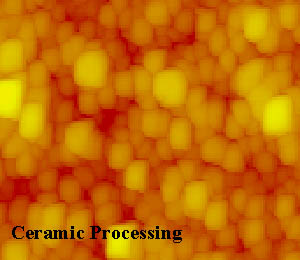Since 1902
The Ceramic Engineering Professional Fraternity
Missouri Chapter Web page Links:
Missouri Chapter of Keramos Homepage
Other Links:
UMR Ceramic Engineering Homepage
Ceramic Engineering
The multibillion-dollar ceramic industry converts processed materials and raw materials taken directly from the earth (clay, sand, etc.) into such useful products as spark plugs, glass, electronic components, nuclear materials, abrasives, rocket components, and even tableware. High-temperature processing is the key to ceramic engineering, and the products are always inorganic, nonmetallic solids. From a single chemical source, ceramic engineers make useful materials in many forms. Carbon as diamond is used as an abrasive for grinding; carbon in the form of graphite is used for lubrication, as glass for crucibles, and as fiber for cloth.
As a ceramic engineer, you may:
Develop improved heat tiles to protect the space shuttle and the future supersonic space plane from the searing heat of reentry into the earth's atmosphere.
Produce ceramic teeth, bones, and joints to replace parts of the human body or improve advanced medical equipment to continue research in the way against disease.
Help make innovative, ultra-fast computer systems using ceramic superconductors, lasers, and glass optical fibers.
Develop materials to enclose and support aircraft engines that run at high temperatures.
Improve fiber optic cables that allow doctors to see inside the human body and permit the human voice to travel thousands of miles under the ocean without distortion.
Discover new ways to use ceramics to build highways and bridges, or to carry water and waste to treatment plants.
The UMR department of Ceramic Engineering specializes in the product fields of glass, electronic materials, and refractories, but stresses materials processing principles applicable to all products.
Ceramic engineering classes and laboratories are held in McNutt Hall, a $20 million facility built in 1987. With approximately 80 undergraduate and 30 graduate students, ceramic engineering ranks among the leading departments in the United States. Its all-Ph.D. faculty boasts two Curators' Professors and an internationally famous research faculty.
All text and images from: http://campus.umr.edu/ceramics/about_ceramics.html



